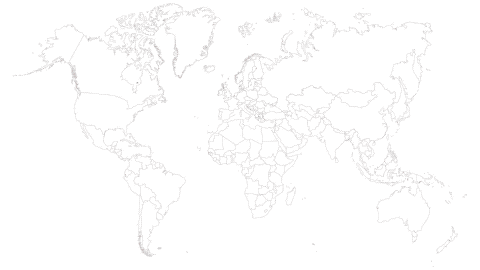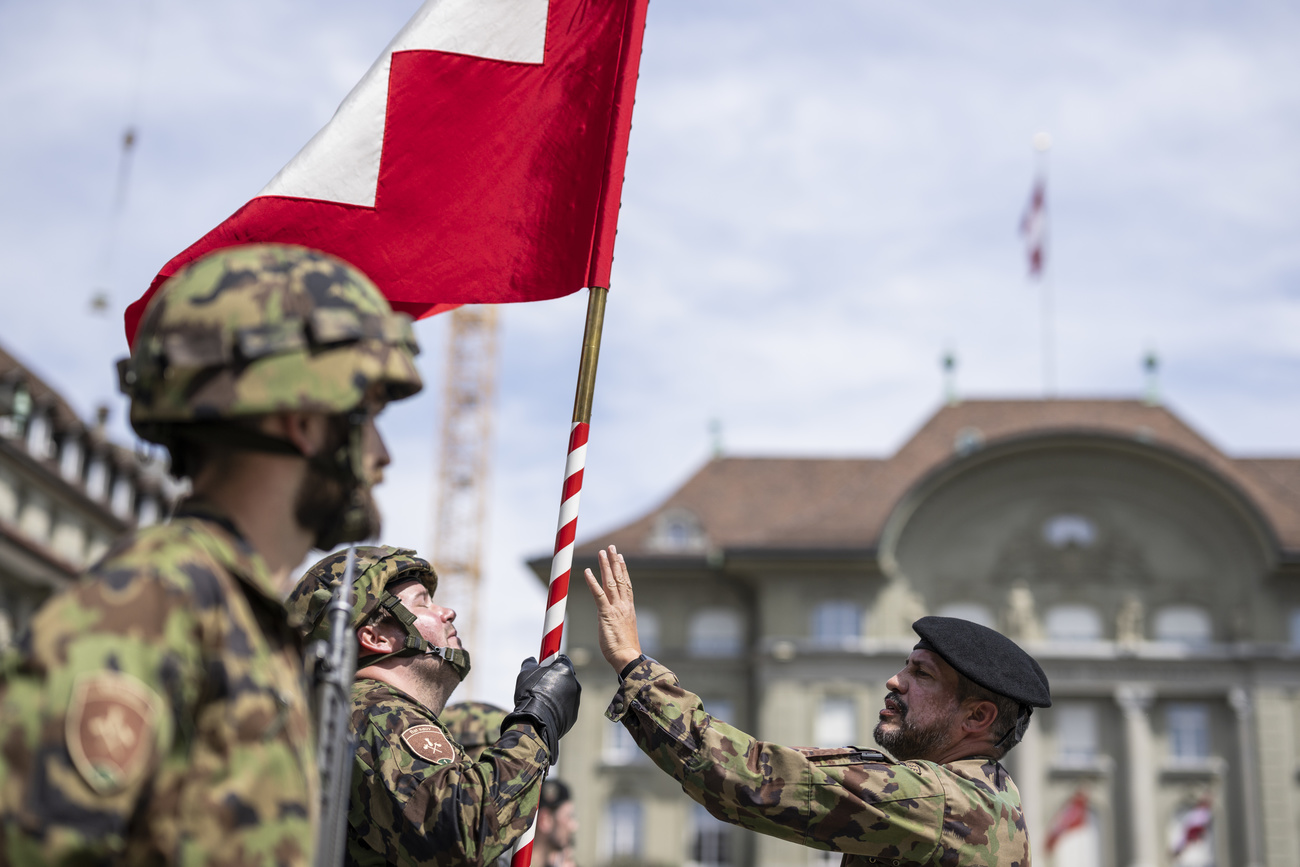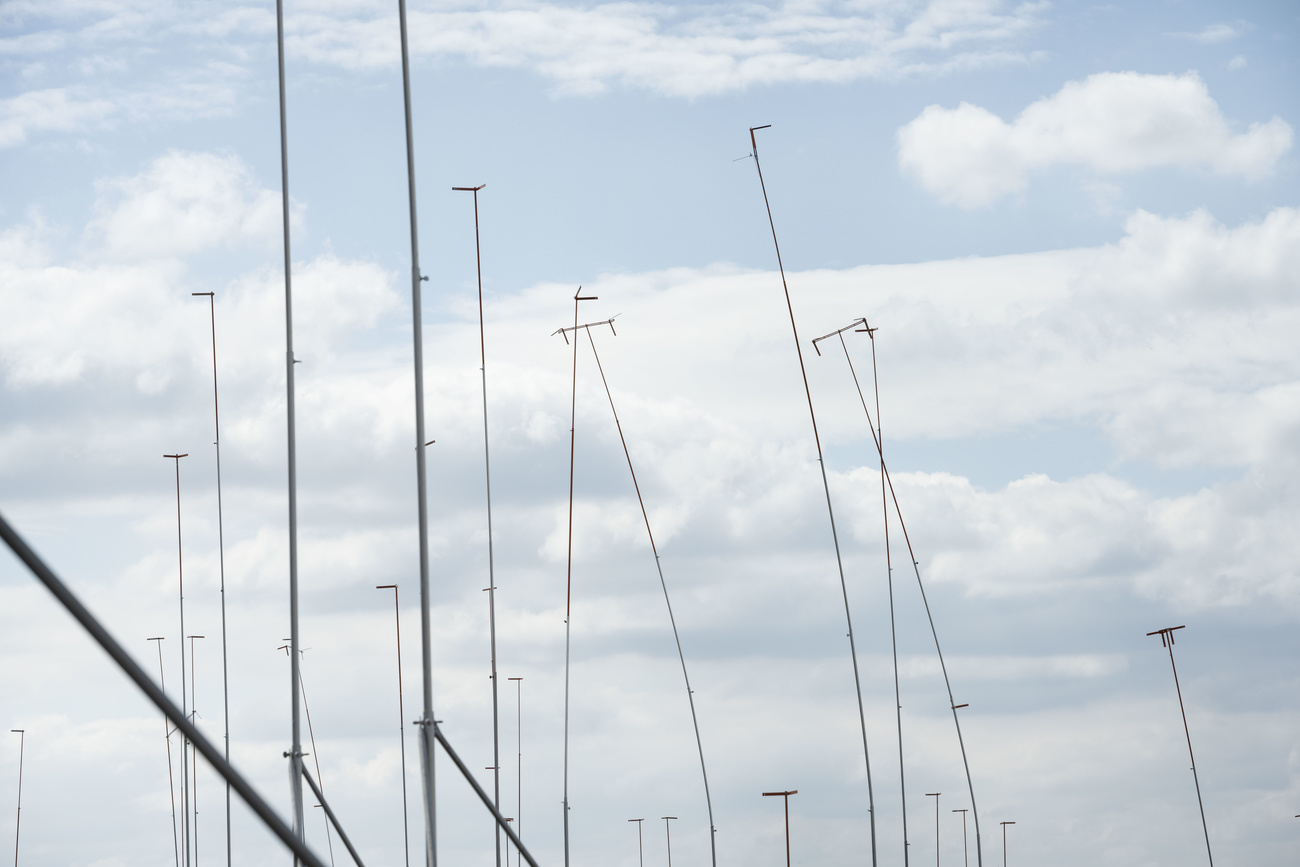The introduction of women’s suffrage worldwide
Switzerland gave women the right to vote on February 7, 1971. The Alpine nation was one of the last to introduce women suffrage, preceding only 22 other countries worldwide. In Europe it was followed only by Portugal and Liechtenstein.
Citizens’ right to vote has been closely linked with property ownership since the dawn of democracy. As women weren’t entitled to own land in the past, they were consequently excluded from elections and votes. It was only at the end of the 19th century that several territories and countries started granting women the right to vote.
New Zealand was the first self-governing country to introduce women’s suffrage in 1893. There, indigenous Maori women have traditionally been land owners. Another early adopter was Finland, where men and women got full voting rights simultaneously in 1906.

War as catalyst
Two major tragedies boosted women’s suffrage in Europe and beyond. After the loss of lives during the First and Second World War, women were allowed to participate in rebuilding the society they had been taking care of while their sons, husbands and fathers were battling on the frontline.
In her book on women’s suffrage societies, historian Leslie Hume explains that “the vote was much more than simply a reward for war work; the point was that women’s participation in the war helped to dispel the fears that surrounded women’s entry into the public arena”.
After 1945 only a handful of European countries still didn’t allow women to vote: Switzerland was among them, despite several petitions to the government – which rejected them in 1886 and 1929.

More
Podcast: Why women’s suffrage took so long
Men’s ballot for women’s rights
In Switzerland, as in many other countries, women’s right to vote was submitted for citizens’ approval through a national vote – where only men could cast a ballot. After being rejected the first time in 1959, it finally got accepted in 1971, as women’s suffrage was a condition to allow Switzerland to join the European Convention of Human Rights. Two-thirds of the male population voted in favour of granting women voting rights on a national level.
However, it took another two decades for all 26 Swiss cantons to allow women to vote in cantonal elections. In Saudi Arabia, the situation is reversed: being an absolute monarchy there aren’t any nationwide elections, so the female suffrage introduced in 2015 only applies to the local level.
That is also the case in the only country in the world where both women and men have no voting rights: in Vatican City the legislators are appointed by God´s representative on Earth himself: the Bishop of Rome, better known as the Pope.










You can find an overview of ongoing debates with our journalists here . Please join us!
If you want to start a conversation about a topic raised in this article or want to report factual errors, email us at english@swissinfo.ch.